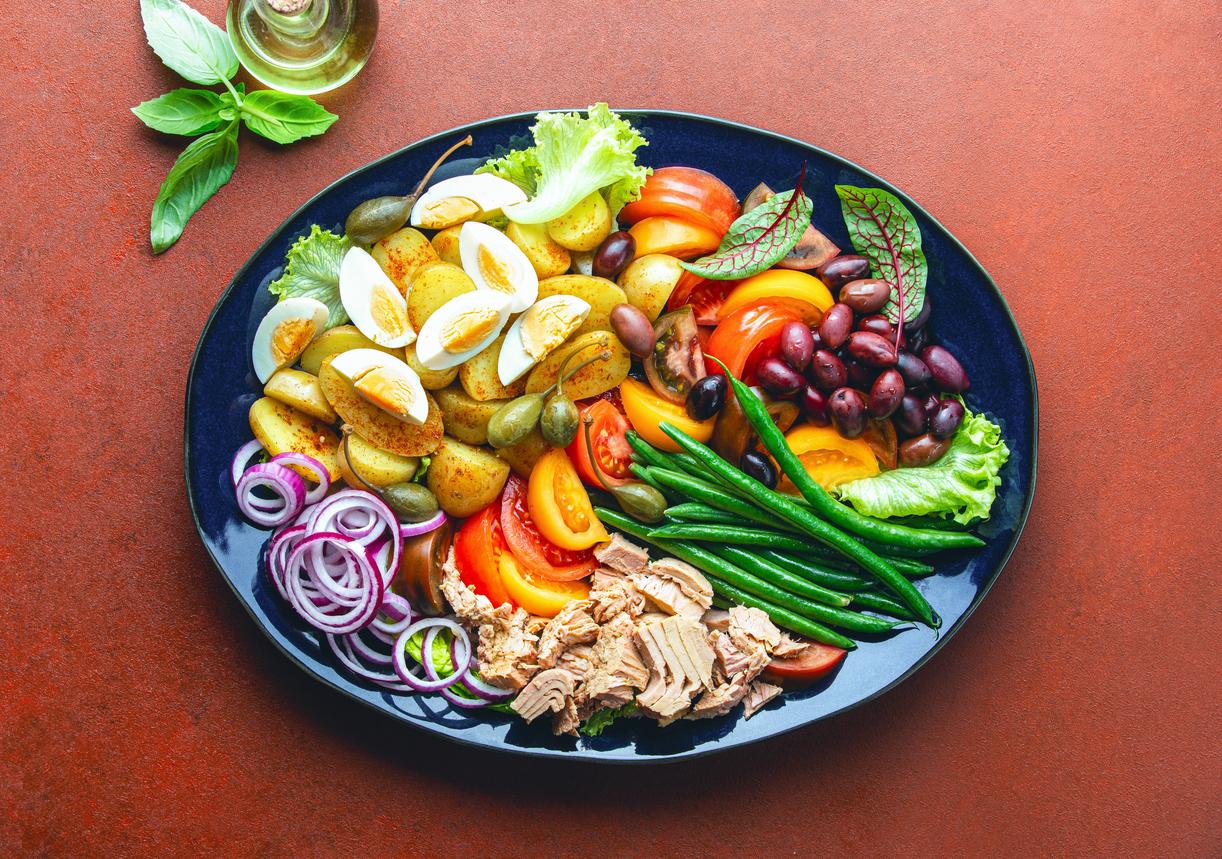
April 2, 2007 – The main source of information for consumers, the food label would serve, at best, to compare products with each other. Moreover, it turns out to be incomplete, sometimes misleading and would mislead people.
This is the harsh judgment made by the Union des consommateurs (UC) and the Professional Order of Dietitians of Quebec (OPDQ), at a conference organized by the Ministry of Agriculture, Fisheries and ‘Alimentation du Québec (MAPAQ), within the framework of the SIAL de Montréal.
According to food marketers, the content of food labels is important since purchasing decisions are based, among other things, on the quality of ingredients and nutritional quality.
For preventive labeling
For the president of the OPDQ, Paul-Guy Duhamel, food labeling should be used more for prevention: “We should improve the quality of the information displayed on products, stop qualifying certain foods as” healthy “. and improve the quality of ingredients. “
For example, the percentage of the daily value of the ingredients would have to be adjusted, since it would correspond to the profile of a 30-year-old man who needs 2000 calories per day. “It gives consumers false information,” says Paul-Guy Duhamel.
He also regrets that health claims benefit from a parallel system. “The proliferation of logos – such as Health Check or those that meet standards set by the manufacturers themselves – undermines the bond of trust among consumers,” he underlines.
And if it were only for the OPDQ, there would no longer be any question of qualifying a food or a product as “health”. “We fool people: as an omnivore, humans need several foods, not just one,” says Paul-Guy Duhamel. It is all of our eating habits that, day after day, shape our health. “
What the label does not say
 For his part, the spokesperson for the Union des consommateurs, Charles Tanguay, observes that food labels omit information that consumers are looking for.
For his part, the spokesperson for the Union des consommateurs, Charles Tanguay, observes that food labels omit information that consumers are looking for.
“The use of antibiotics, hormones or pesticides, the conditions of animal husbandry or the irradiation of fruits and vegetables, as well as the treatment reserved for the workers who took part in the production are as much data as the people want more and more before making choices, ”says Charles Tanguay.
And there is the debate over GMOs that still goes on. “In 45 countries around the world, their presence must be indicated on the product label, but not in North America,” he said indignantly.
In Quebec, the subject was obscured during the last electoral campaign: “In 2003, candidates had promised to make the labeling of GMOs compulsory, but nothing was done, recalls Charles Tanguay. And during the campaign which has just ended, the subject was not even broached … “
Martin LaSalle – PasseportSanté.net
1. Union des consommateurs website: www.consommateur.qc.ca [consulté le 1er avril 2007].
2. Website of the Professional Order of Dietitians of Quebec: www.opdq.org [consulté le 1er avril 2007].















